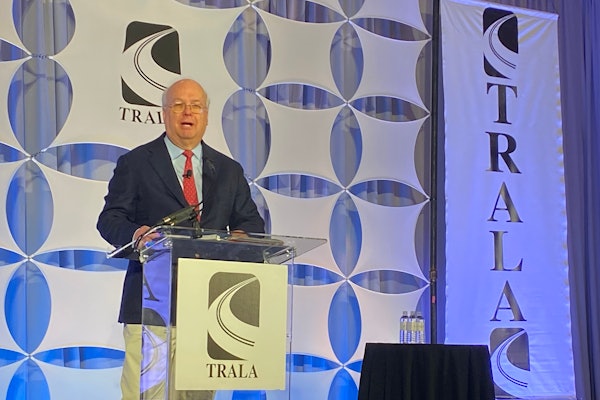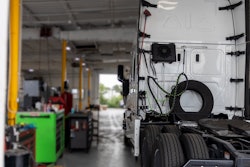When a tampered unit is discovered by authorities, the vehicle owner isn’t the only one on the hook for a fine.
Current EPA tampering laws allow the government to levy fines on service providers who not only perform tampering, but also those who identify tampering during emission system maintenance and fail to bring the vehicle to compliance.
MISS THE START? Here’s Part I of our special report on tampering.
Which means, you don’t even have to perform tampering to get busted, Peter Savage, director of fleet solutions at Clarke Power Services and chairman of TMC’s Emissions Tampering task force, says. A service provider ignoring a clear violation is fined just the same as the service provider who actually performed the tampering.
And at $37,500 per incident, the fines are quite harsh.
Unfortunately that information has not been clearly communicated to the commercial vehicle market.
A recent Successful Dealer reader survey uncovered only 55 percent of dealers were aware that $37,500 is the maximum fine that can be levied on a service provider who offers tampering. Nearly 24 percent of responders thought the fine was $3,750, and almost 15 percent responded that there isn’t a fine at all. (See graph below for survey results.)
But its important note that in order to incur these violations, a service provider must be hired to perform work on an emission system.
The EPA says examples of that work include tampering, and alterations made to an engine and emission system post-tampering — legal or illegal — that do not bring the unit back into compliance. An attempt to bring a vehicle back to compliance that fails also can result in a fine if not reported to the vehicle owner and EPA.
Brad Williamson, manager, engine and component marketing for Daimler Trucks North America (DTNA) says DTNA advises its dealer network to be mindful of the intricacy of these rules when tasked with correcting tampering. DTNA protocol says techs “should not attempt to partially repair a tampered system and return it to the customer without having corrected the tampering,” he says.
Service providers are currently not liable for tampering or subject to fine when providing non-emission related service on a vehicle that is later uncovered to exhibit tampering.
Bill Puchniarz, manager, inline field services at Navistar, provided this service provider example last fall at TMC.
“If a truck comes into your location and you’re going to work on the brakes and the engine has been tampered with you have no liability. But if you’re going to work on a check engine light, you have a responsibility,” he says.
But the market comprehension of these rules is far from universal.
There is much debate over the responsibility of service providers who observe, but do not service, tampered equipment; as well as service providers who discover tampering while making other repairs and don’t address the alternations.
The EPA prefers disclosure — its tips line can be found HERE — and says service providers should be vocal in pointing out tampering when identified.
This is an important courtesy to customers, says Savage. Vehicle owners can sometimes be unaware that their truck has been damaged. And because violations are levied to current vehicle owners, a customer who unknowingly buys a tampered truck immediately becomes at risk of a fine.
Certified dealer inspections before used vehicle purchases eliminate this risk, says Mario Sanchez, Cummins’ technical sales support director, but in cases when one isn’t done there’s nothing a customer can do later to absolve responsibility if his new vehicle exhibits characteristics of tampering.
The EPA is working to eliminate these grey areas; creating a clear picture of service providers’ responsibilities to tampering enforcement.
Please CLICK HERE for Part V of our investigative report on emission tampering in the heavy-duty marketplace — best practices for your service facility.






